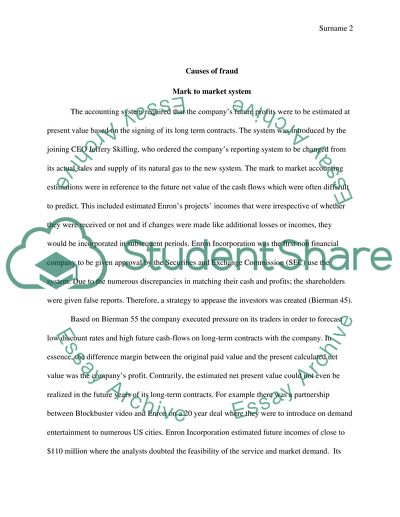Cite this document
(“Accounting Essay Example | Topics and Well Written Essays - 2000 words - 9”, n.d.)
Accounting Essay Example | Topics and Well Written Essays - 2000 words - 9. Retrieved from https://studentshare.org/finance-accounting/1695213-accounting
Accounting Essay Example | Topics and Well Written Essays - 2000 words - 9. Retrieved from https://studentshare.org/finance-accounting/1695213-accounting
(Accounting Essay Example | Topics and Well Written Essays - 2000 Words - 9)
Accounting Essay Example | Topics and Well Written Essays - 2000 Words - 9. https://studentshare.org/finance-accounting/1695213-accounting.
Accounting Essay Example | Topics and Well Written Essays - 2000 Words - 9. https://studentshare.org/finance-accounting/1695213-accounting.
“Accounting Essay Example | Topics and Well Written Essays - 2000 Words - 9”, n.d. https://studentshare.org/finance-accounting/1695213-accounting.


